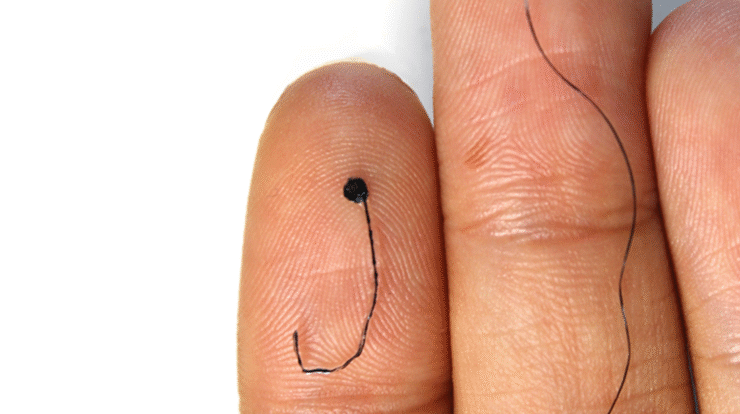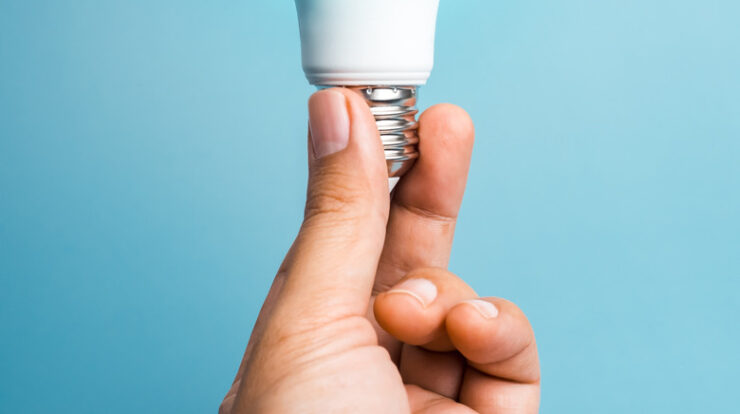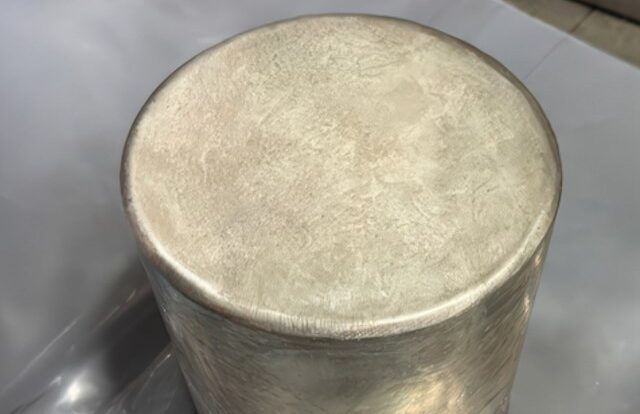
Electroencephalograms (EEGs) are essential for diagnosing and treating conditions like epilepsy, sleep disorders, and brain trauma. However, conventional setups use rigid metal sensors along with conductive gels. These elements can lead to discomfort due to their inflexibility and messiness, besides sometimes providing unreliable data quality.
To address the issues associated with conventional EEG systems, scientists at Penn State have created a nearly hair-like apparatus designed for extended, unobtrusive brain surveillance. This lightweight and pliable electrode can be affixed directly onto the skin surface, providing reliable, top-notch readings of neural activity without provoking any irritation.
Compact brain monitoring device provides consistent, extended-term data
The scientists responsible for the revolutionary tiny electrode, which demonstrated consistent performance over more than 24 hours of uninterrupted use, outlined their discoveries in a study.
study
published in the journal
npj biomedical innovations
They observe that this technology has potential applications beyond just clinical healthcare environments, extending into consumer health and wellness items as well.
According to Tao Zhou, Wormley Family Early Career Professor of Engineering Science and Mechanics and senior author of the paper, the new electrode
enables
More uniform and dependable tracking of EEG signals while staying barely noticeable when worn, enhancing both effectiveness and comfort for patients.
On the contrary, traditional
EEG
monitoring process, can be both cumbersome and messy. Its many limitations make it difficult to implement for continuous, long-term monitoring. For accurate brain activity recordings, electrodes must conform to the scalp, but gaps due to hair or skin prevent clear signals. To ensure proper contact, gels are applied, though they can irritate the skin.
A 3D-printed hydrogel electrode provides reliable monitoring of brain signals.
Moreover, traditional EEG electrodes are stiff and can move with minor head movements, impacting data reliability. To tackle this particular issue, Zhou and his research group developed a tiny, hair-like apparatus constructed from
3D-printed
The hydrogel-coated electrode, which resembles a tiny dot, gathers brain signals from the scalp; meanwhile, a slender wire-like element links it to the monitoring system.
The device uses a 3D-printable bioadhesive ink that allows the electrode to adhere directly to the scalp, eliminating the need for messy gels or skin preparation. This reduces the gap between the electrode and scalp, enhancing signal quality. Its lightweight, flexible, and stretchable design ensures it stays in place, even during activities like combing hair or wearing a baseball cap, making it ideal for extended use and chronic monitoring.
The team found that the new hairlike electrode performed on par with standard gold electrodes but offered better skin contact and maintained reliable signal quality for over 24 hours of continuous wear. Unlike traditional EEG systems, the electrode doesn’t need to be replaced, ensuring consistent data across multiple monitoring sessions.
Currently, the EEG is wired, requiring patients to stay connected to a machine, but the researchers aim to make the system wireless in the future, allowing for greater mobility during recordings.






